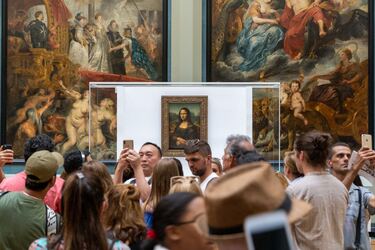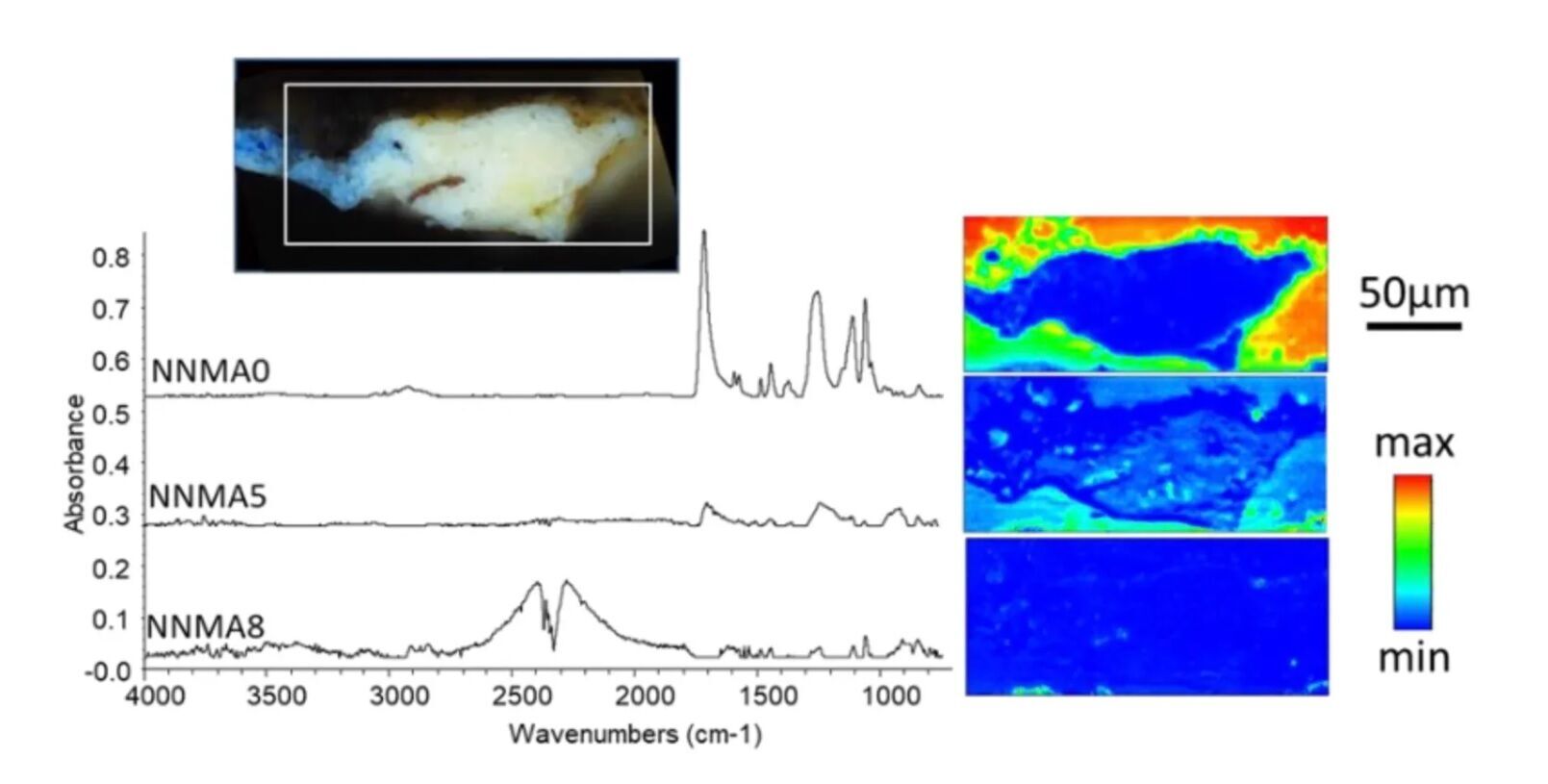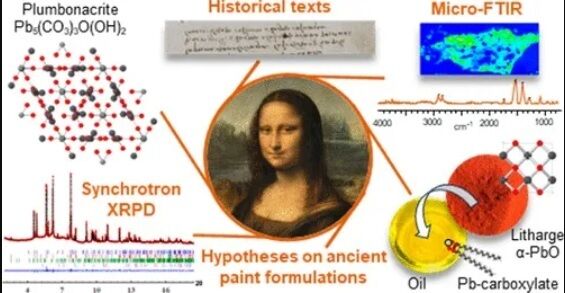Scientists have founf a new riddle in da Vinci's painting "Mona Lisa"

Scientists from France and the United Kingdom have discovered a rare ingredient in the paint used to paint Leonardo da Vinci's Mona Lisa from 1503 to 1519.
The researchers examined a section of the painting's base layer using X-rays from a synchrotron, a device in which particles are accelerated to speeds close to the speed of light.
At the same time, the analyzed fragment is so small that its size does not exceed the size of a human hair, according to the study published in the Journal of the American Chemical Society.
Read also: Archaeologists found in Italy the remains of the woman from whom Da Vinci painted the Mona Lisa
In particular, scientists found a byproduct of lead oxide (plumbonacrite) in the paint layer. The artist probably used lead oxide powder to make the paint thicker and dry several times faster.


This discovery is significant as it offers new insights about Leonardo da Vinci's painting techniques. In addition, it may help in further research and restoration of the painting.
"The Mona Lisa is a portrait of a woman painted by Leonardo da Vinci in the 16th century. The painting is one of the most famous and valuable in the world. It is kept in the Louvre Museum in Paris.
The painting depicts a woman with a mysterious smile. Her exact identification is unknown, but she is believed to be Lisa Gerardini, the wife of Florentine silk merchant Francesco del Giocondo.
In 2010, researches at the Courtauld Institute in London discovered that Leonardo da Vinci initially painted a portrait of a woman with larger eyes and a wider mouth. These changes were probably made after the artist began working on the painting.
In 2015, scientists at Pennsylvania State University discovered that the Mona Lisa contains images of another face that are visible under the main layer of paint. These images were probably taken during the process of creating the painting.
As indicated by scientists and historians, Leonardo da Vinci worked on the Mona Lisa for 16 years, but did not finish it. The reasons for this are unknown, but they are probably related to the artist's health.
Da Vinci grappled with several chronic illnesses, including gout and rheumatism. In 1513, he suffered a stroke that paralyzed his right arm.
Certain doctors believe that in the last years of his life, da Vinci suffered from ulnar nerve paralysis, which made it difficult for him to draw.
Earlier, scientists identified the bridge from Leonardo da Vinci's Mona Lisa painting.
If you want to get the latest news about the war and events in Ukraine, subscribe to our Telegram channel!
